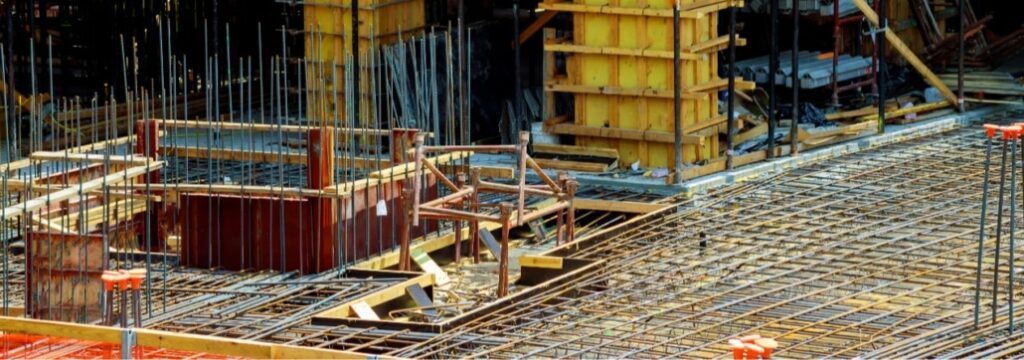The widespread use of GFRP products encourages applied studies of various composite materials, their mechanical qualities and characteristics, and, equally important, research on the influence of various environmental factors on FRP characteristics.
Fibre-reinforced polymers have become a cost-effective alternative to materials traditionally used in marine construction, civil engineering, agriculture, chemical and some other industries.Initially appreciated for better corrosion resistance, high tensile strength, and lighter weight, the scope of application of FRP rebars has been continuously expanding.
Reinforced concrete and iron bars are known for changing their properties and losing mechanical strength in the long term when exposed to humidity and water, some chemical substances, and thermal shock. Many fields of industrial and civil engineering began implementing modern materials, including FRP rebar, in harsh environments as substitutes for reinforced concrete. That is particularly true for marine front constructions, chemical industry facilities, and bridge construction where higher corrosion resistance and fatigue properties are of crucial importance.
Hence, companies investing in FRP rebar production and businesses that consider switching from steel to FRP bars follow thoroughly ongoing development of polymer composites and changes in FRP properties given various resins used for FRP rebar manufacturing and environmental impact on the durability of the FRP matrix and other characteristics.
Studies carried out by Nakada and Miyano focused on changes in FRP rebar durability and moisture absorption in humid environments.

As a result, researchers discovered that chemical structure, tensile strength, and water absorption characteristics were influenced by various environmental factors to a lesser degree than steel bars.
As for the accumulated damage developed under the impact of several environmental factors, particularly moisture and salts, it was notably less than the damage of equivalent steel bars which required maintenance and restoration before the end of the test period.
However, the research conducted by Marom demonstrated the effect of specific environmental factors, including temperature, moisture, biological attack, and fatigue, on the performance of FRP rebars in different climate zones.
The most aggressive influence on FRP rebar properties comes from the combination of several factors, most notably, humid and high temperatures. The bacterial attack doesn’t have a significant impact on FRP products but marine fouling typical for wet environments may affect the surface with no effect on the mechanical properties of the polymer matrix. Additionally, scientists and technicians continue their work on testing resin types to develop biocompatible materials.
Compared to iron and aluminium, composite materials demonstrate strong corrosion and chemical resistance. However, in extreme conditions of high temperature and moisture (for example, tropical regions), only FRP bars with dense matrices should be considered for civil engineering and marine applications. Environmental impact on FRP qualities should be taken into consideration while considering polymer composites for specific projects in some environments all over the globe.
Multiple ongoing studies are dedicated to changes in the mechanical qualities and characteristics of composites in the context of different matrix densities and resin types (epoxy, polyester, phenolic resins, vinyl ester resins, and polyurethane resins).
Composite-Tech offers time-proven FRP products and production lines manufactured from premium materials using the most advanced technologies under strict industry regulations.
The reports from different research teams mainly agree that FRP rebar performance in harsh and severe environments surpasses the results obtained from testing reinforced concrete. Besides, the sustainability of fibre-reinforced polymer composites is one more weighty evidence in favour of FRP rebar implementation.

